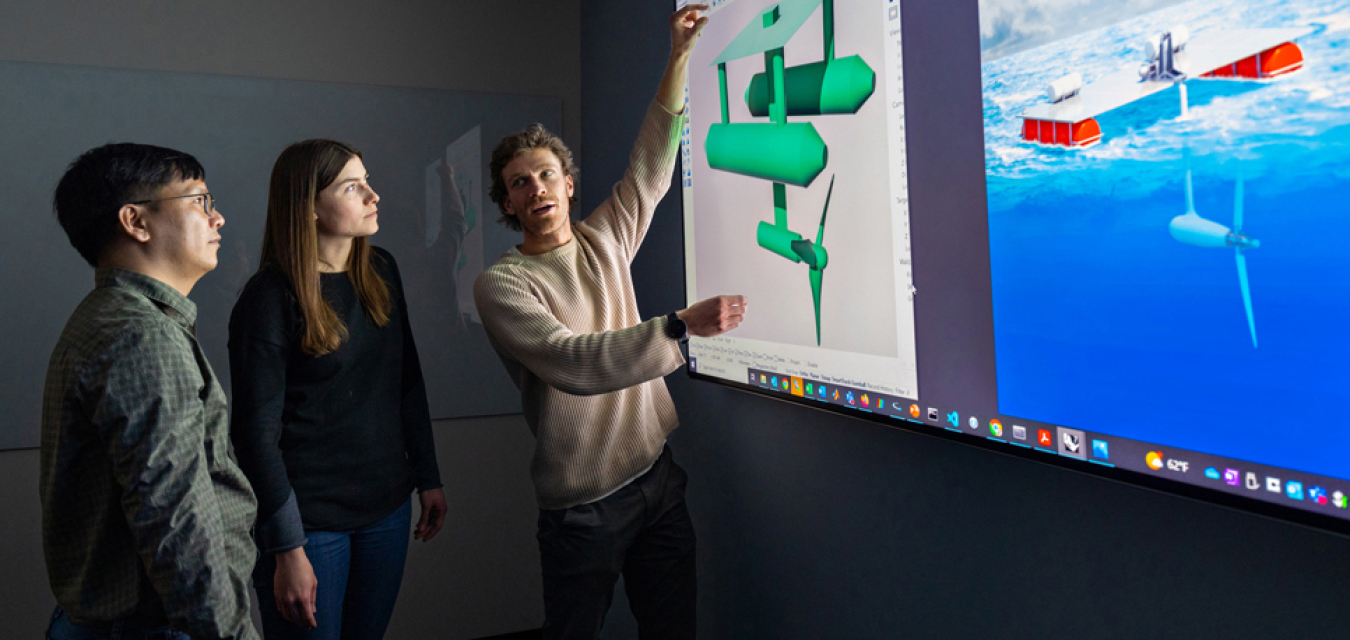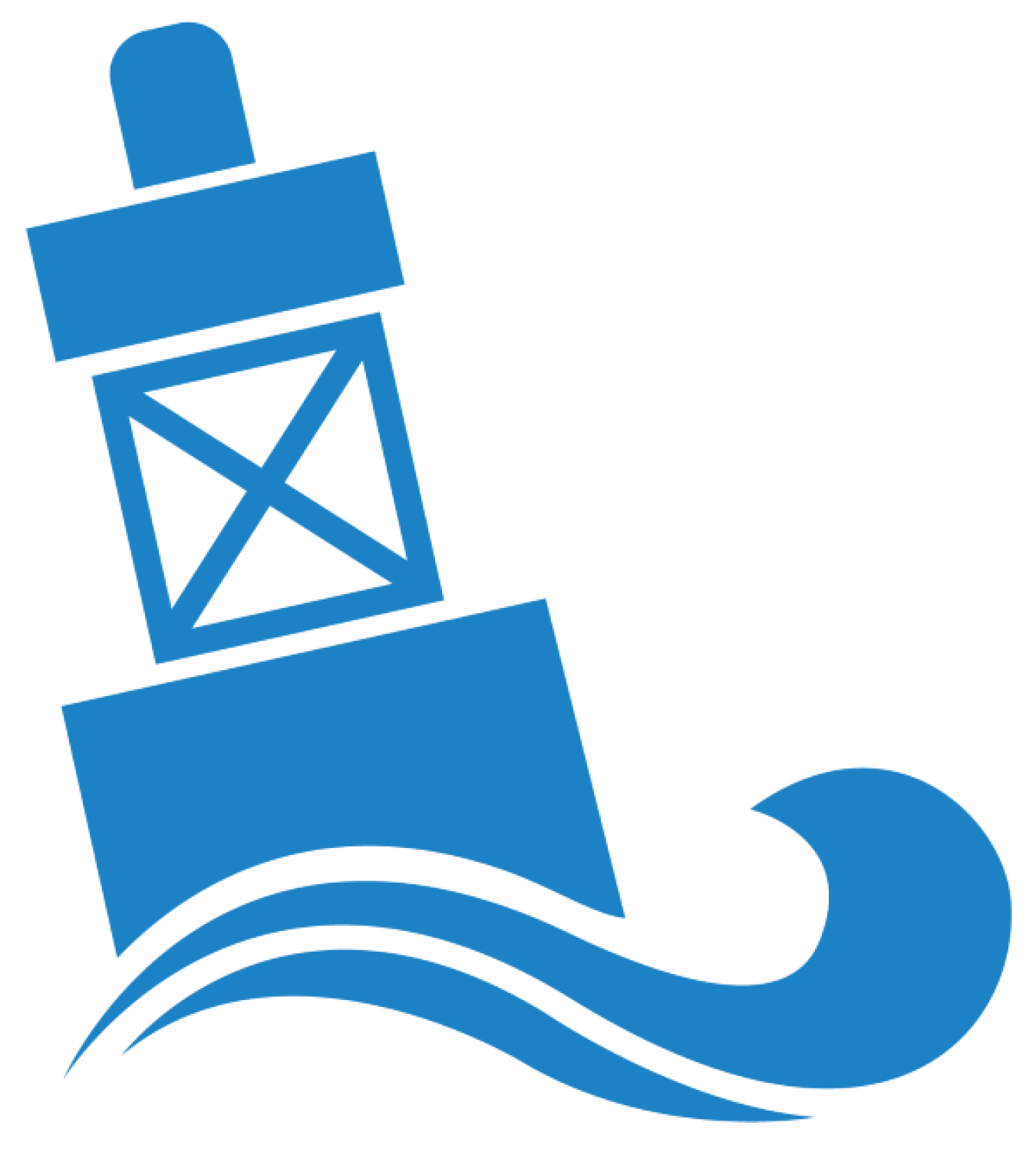Researchers at the National Renewable Energy Laboratory expanded the capabilities of their open-source modeling tool to enable simulation of marine energy turbines to help optimize technology designs.
Water Power Technologies Office
March 14, 2024Marine Energy Program
Technology-Specific System Design and Validation
Project Name: Tidal Modeling: Numerical Development for Marine Turbines in OpenFAST
Project Team: National Renewable Energy Laboratory
Lead Recipient Location: Golden, Colorado

In Fiscal Year 2023, National Renewable Energy Laboratory (NREL) researchers added new features to the simulation tool OpenFAST. Once for use only by wind turbine developers to advance wind turbine designs, OpenFAST's new capabilities enable marine energy turbine developers to simulate how much energy different versions of their designs might generate. The tool has already been used by several marine energy developers to predict loads on rotors (the rotating assembly on a turbine), check results they generated from commercial modeling tools, and better understand floating platform motions.
The team added new simulation capabilities, including the ability to assess buoyant loads (the force a fluid exerts on a submerged object). They also generalized the tool to evaluate a wider range of both fixed and floating marine turbine designs to make it easier and faster for developers to optimize their technology designs. NREL researchers are now working to develop a floating marine turbine reference model to serve as a baseline case for industry and an example for users interested in the new capabilities.
Modeling tools have been key to technology growth in the wind energy industry, and as such, this tool can help accelerate the design of more innovative, cost-competitive marine energy technologies on the path to commercialization.
This work is supported through the Water Power Technologies Office's Powering the Blue Economy™ initiative.

NREL water power researchers (from left) Thanh Toan Tran, Hannah Ross, and Will Wiley work with OpenFAST, which helps developers simulate marine turbine performance.
-
 Sandia National Laboratories identified innovative wave energy converter concepts that could power sensors on an ocean observing buoy.
Sandia National Laboratories identified innovative wave energy converter concepts that could power sensors on an ocean observing buoy. -
 NREL researchers identified optimal materials for harnessing ocean thermal gradients and generating electricity to power underwater vehicles.
NREL researchers identified optimal materials for harnessing ocean thermal gradients and generating electricity to power underwater vehicles. -
Researchers at the National Renewable Energy Laboratory expanded the capabilities of their open-source modeling tool to enable simulation of marine energy turbines to help optimize technology designs.
-
 The National Renewable Energy Laboratory and Pacific Northwest National Laboratory completed the first step in developing the Community Deployment Readiness Framework to support remote, coastal, and island community-driven energy transitions.
The National Renewable Energy Laboratory and Pacific Northwest National Laboratory completed the first step in developing the Community Deployment Readiness Framework to support remote, coastal, and island community-driven energy transitions. -
ORPC tests its new Modular RivGen Power System in Millinocket, Maine. Future applications may include power for electric vehicle charging stations, critical infrastructure, and communities.
-
 Triton Systems Inc. successfully tested its wave energy converter in hurricane-level waves, proving the durability of its prototype and demonstrating that marine energy can reliably power data collection and ocean exploration activities.
Triton Systems Inc. successfully tested its wave energy converter in hurricane-level waves, proving the durability of its prototype and demonstrating that marine energy can reliably power data collection and ocean exploration activities.
WPTO's marine energy e-newsletter shares news and updates on tools, analysis, and emerging technologies to advance marine energy.
The WPTO e-newsletter brings funding opportunities, events, publications, & hydropower and marine energy updates directly to your inbox.


